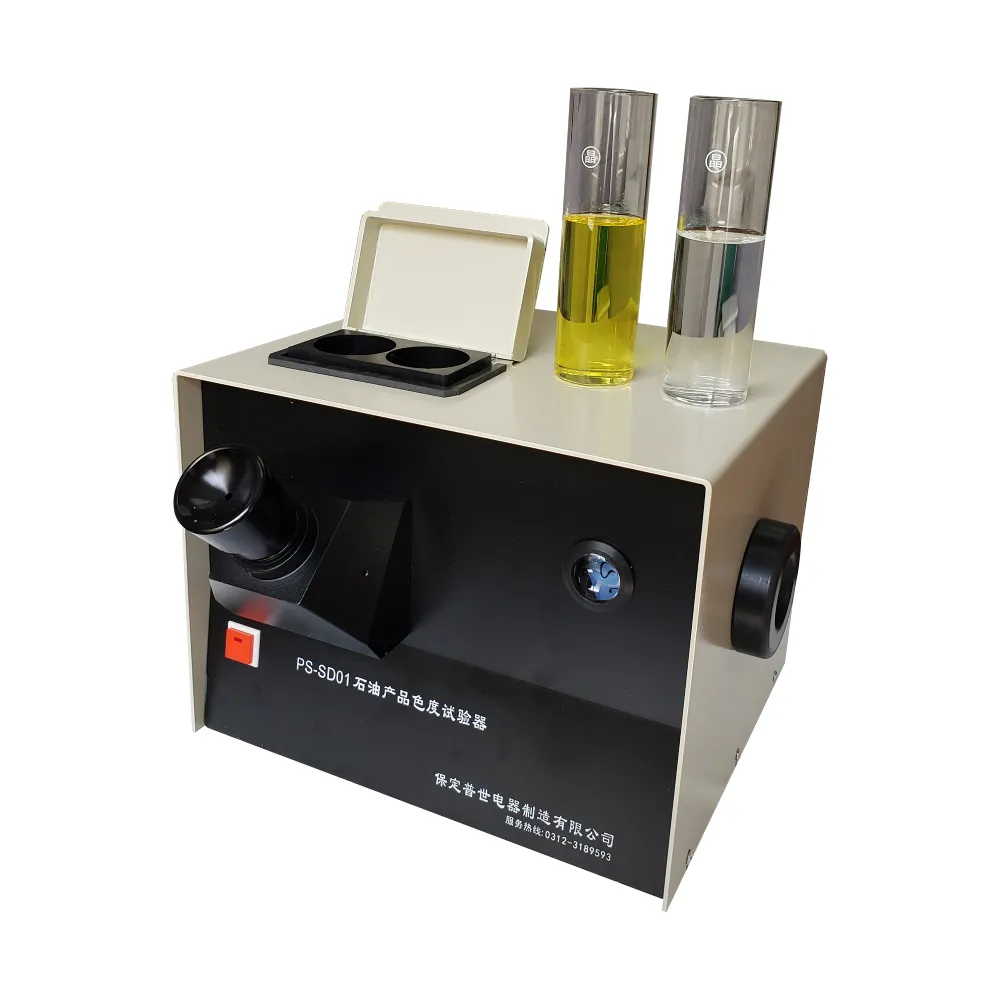 English
English


Temperature Increase Evaluation Methods for Transformer Performance Assessment
Understanding the Temperature Rise Test of Transformers
Transformers play a crucial role in electrical power systems, acting as a bridge to transfer electrical energy between circuits of different voltages. Given their essential function, ensuring the reliability and efficiency of transformers is imperative. One critical aspect of transformer testing is the temperature rise test, which evaluates the thermal performance and allows for assessments of the operational safety and efficiency under various load conditions.
What is the Temperature Rise Test?
The temperature rise test, often referred to as the thermal testing of transformers, is performed to determine the increase in temperature experienced by the transformer windings and other components when they carry load current. This test is vital because excessive heat can lead to insulation degradation, reduced performance, and ultimately transformer failure. The temperature rise is generally measured from the ambient temperature to the maximum operating temperature specified by the manufacturer.
Purpose of the Temperature Rise Test
The primary goals of the temperature rise test are
1. Assessing Thermal Limits The test evaluates whether the transformer will operate within its thermal limits under specified load conditions. 2. Verifying Compliance By conducting the test, manufacturers can ensure that their products comply with standards set by regulatory bodies such as IEEE or IEC.
3. Identifying Design Flaws If a transformer experiences higher than expected temperature rises, it may indicate issues with design, materials, or construction that need addressing.
4. Prolonging Lifespan By understanding the thermal performance of the transformer, operators can implement cooling strategies or make design changes that prolong the operational life of their equipment.
Test Procedure
The temperature rise test is conducted under controlled conditions. A transformer is subjected to a full-load current for a specified duration while monitoring the temperature at various points, including
- Winding Temperature This is usually the most critical measurement, as windings are the hottest part of the transformer. - Oil Temperature For oil-filled transformers, monitoring the oil temperature is essential since it acts as both a coolant and insulator. - Ambient Temperature The temperature of the surrounding environment is also logged for accuracy.
The test typically lasts a minimum of four hours to ensure stable temperature readings, allowing the operator to record the maximum temperature reached.
temperature rise test of transformer pdf

Calculating Temperature Rise
To determine the temperature rise, the formula is straightforward
\[ \Delta T = T_{max} - T_{ambient} \]
Where \( \Delta T \) represents the temperature rise, \( T_{max} \) is the maximum temperature recorded during the test, and \( T_{ambient} \) is the ambient temperature at which the test is conducted.
Standards dictate permissible temperature rises; for instance, insulated wire in transformers often has a maximum temperature rise limit that should not be exceeded to ensure the longevity of the insulation system.
Factors Influencing Temperature Rise
Several factors can influence the temperature rise of a transformer, including
1. Load Conditions Operating at or near maximum load can significantly increase the temperature. 2. Cooling Mechanisms The type of cooling method used (natural air, forced air, oil cooling, etc.) plays a significant role in thermal performance.
3. Ambient Environment External temperatures and airflow conditions impact the transformer's ability to dissipate heat.
4. Design and Material Quality The choice of materials and overall design quality can affect thermal resistance and, consequently, temperature rise.
Conclusion
The temperature rise test is an integral part of transformer testing that ensures a transformer's reliability, operational safety, and efficiency in actual service. By comprehensively understanding the temperature rise characteristics of a transformer, manufacturers and operators can mitigate risks associated with overheating, enhance performance, and extend the service life of this critical electrical equipment. In an era where demand for efficient energy transmission is ever-increasing, the importance of robust testing protocols such as the temperature rise test cannot be overstated.
-
Differences between open cup flash point tester and closed cup flash point testerNewsOct.31,2024
-
The Reliable Load Tap ChangerNewsOct.23,2024
-
The Essential Guide to Hipot TestersNewsOct.23,2024
-
The Digital Insulation TesterNewsOct.23,2024
-
The Best Earth Loop Impedance Tester for SaleNewsOct.23,2024
-
Tan Delta Tester--The Essential Tool for Electrical Insulation TestingNewsOct.23,2024





